Our Environment, Animal Tips & the Great Outdoors
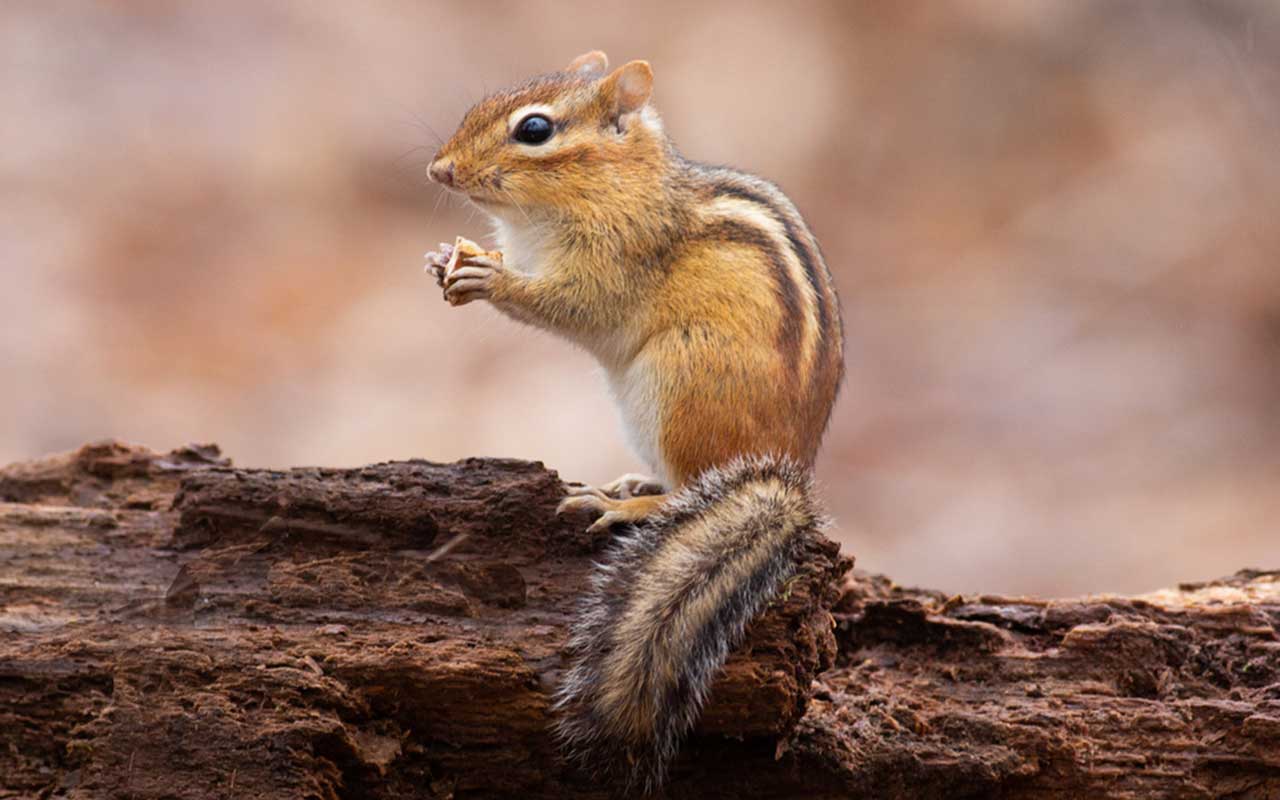
Giving Life to your Backyard
When I began my journey into wildlife photography about ten years ago, I was assuming I was entering into a field in which I’d have a new way to create beautiful photographs. Although this turned out to be true, I quickly realized there was so much more. With each subject I captured, I returned home with my camera to then learn. If I didn’t know a bird, I’d look it up. I’d find out it’s migration pattern, whether it was native to the area, what foods it eats, where it nests, etc. I’d give equal attention to mammals, fish, plants, and insects, quickly discovering how much there is to learn and how much time I could spend doing it!
The most alarming facts I’ve discovered in this work is how much of a human impact there is on just about every living thing around us. Habitat loss through land clearing and building, mowing and brush removal, and planting of non-native plants can do wonders to destroy the homes of many birds and animals.
The environmental problems of the world are daunting and we can often be overwhelmed by the magnitude of it all. In my work, I aim to educated others in ways they can make a difference in their own backyards. The benefits not only serve the wild world right in our neighborhoods but can bring unmeasurable joy to our families and friends. Imagine a family of bluebirds nesting in your backyard. Hummingbirds floating above the flowers outside your kitchen window, an owl peering out from a hole in a dead tree, a family of fox kits in your back yard. Imagine a way to get your kids outside, creating a connective activity for them to be involved in their natural surroundings. Here are some simple ways to start helping the inhabitants of your own backyard, workplace, school or other space you may have access to.
MOW LESS GROW MORE
When we moved into our home five years ago there was a half acre lawn of mowed grass, with a small vegetable garden. Our first step to creating habitat was simply to string off a large section of the mowed grass, and let it grow. After a couple of seasons the meadow now is bursting with milkweed, daisies, thistle, chicory, queen annes’ lace, and many other native wildflowers and is home to countless butterflies and bees in the summer months. Letting a meadow grow is one of the simplest ways to offer habitat and it can be as small or large as you chose depending on your space. I once made a meadow that was only 4 feet wide and 8 feet long. In just one summer’s time it was jam packed with flowers, clovers and grasses offering plenty of nectar and pollen to insects and birds. If you don’t have a yard, even a few native plants on your doorstep will do the trick.
In the garden, besides veggies, I grow sunflowers, bee balm, lavender, tithonia, zinnias and other flowers for birds and insects. We also have planted some native fruit trees. Crab apple, plum, peach, & red bud are now part of our landscape. Trees of course, can be a bigger project and costly but a meadow is free.
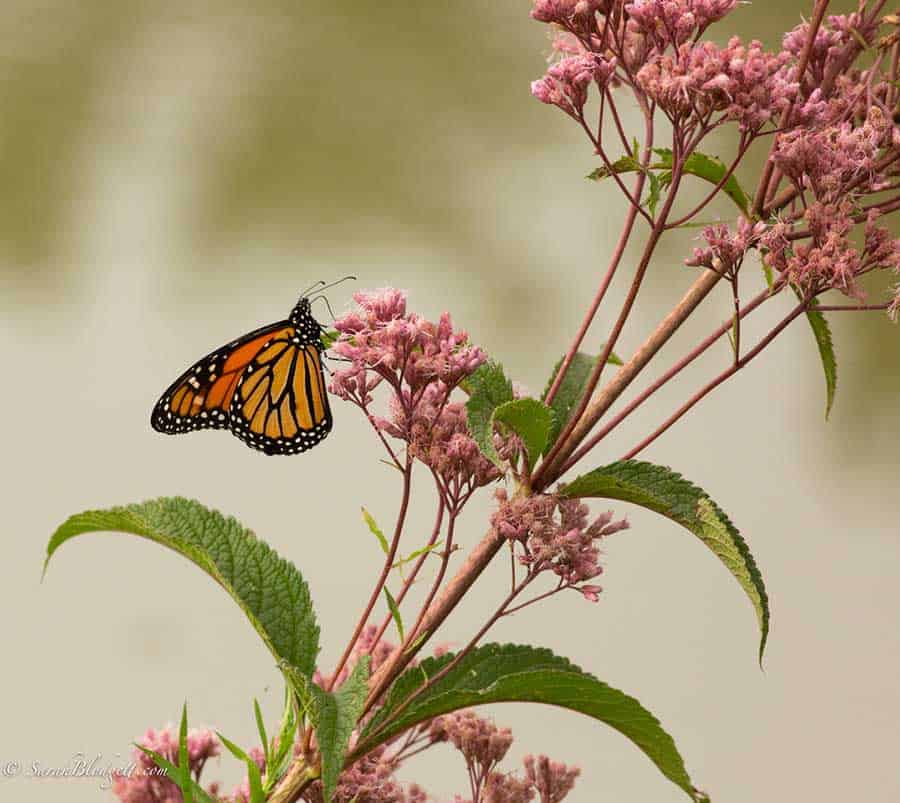
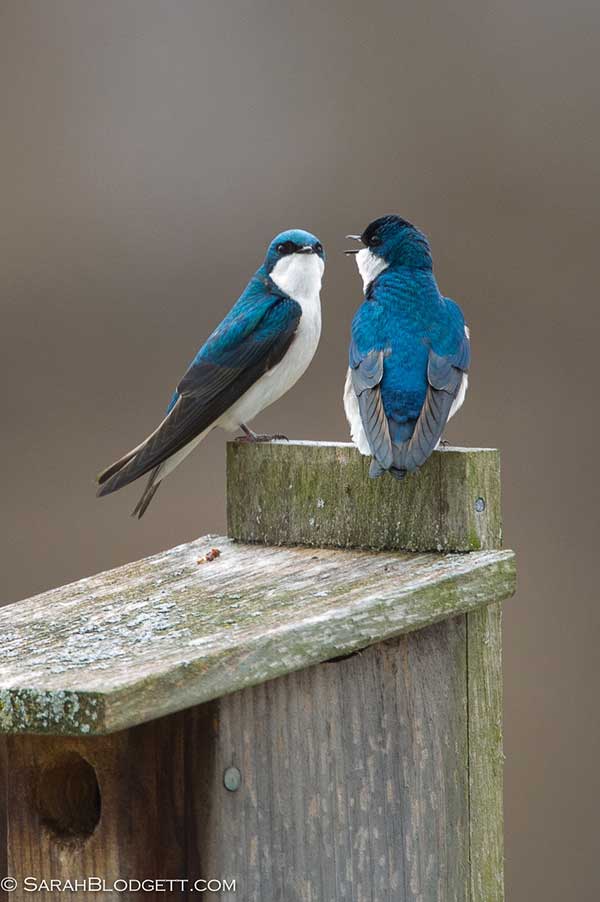
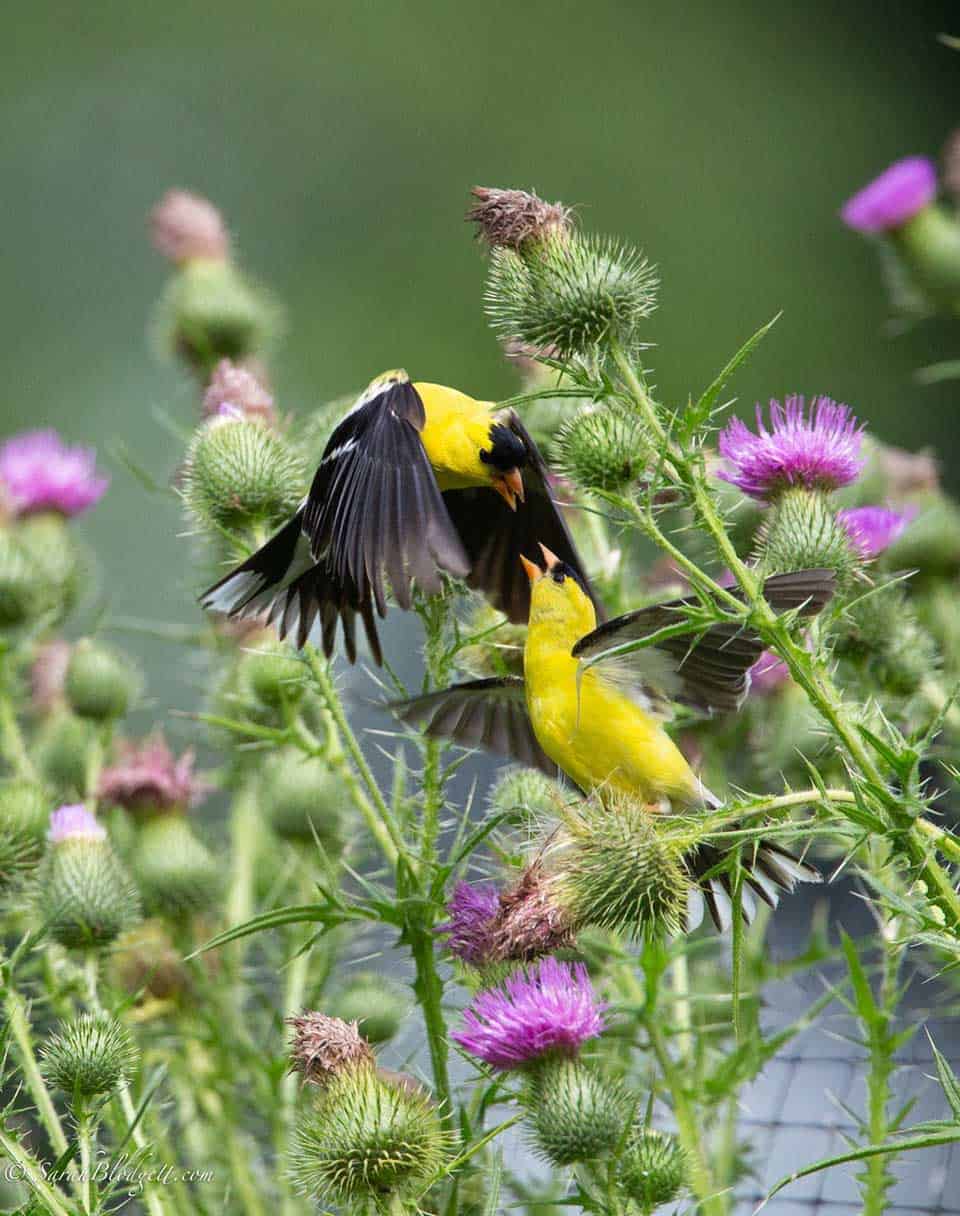
LET THE DEAD TREES BE
If you have a dead tree or two, or many on your property, and they aren’t in danger of falling on your house, let them be. A dead tree left standing is called a snag. When it falls to the ground, it’s called a log. Both are incredibly valuable resources for wildlife, offering vital habitat for over 1000 species of wildlife nationwide. By leaving dead trees be you are preserving homes for birds and owls raising families, mammals like raccoons, squirrels and porcupines and countless insects that are food for said critters. Brush piles also provide valuable shelter for birds and other animals. Never clear out brush to “clean up” your woods unless yo have some invasive species such as Multiflora rose or Japanese Knotweed. These types of invasive spread quickly and can choke out other native plants that offer food and habitat. This is another passive way you can help, less work, more habitat!
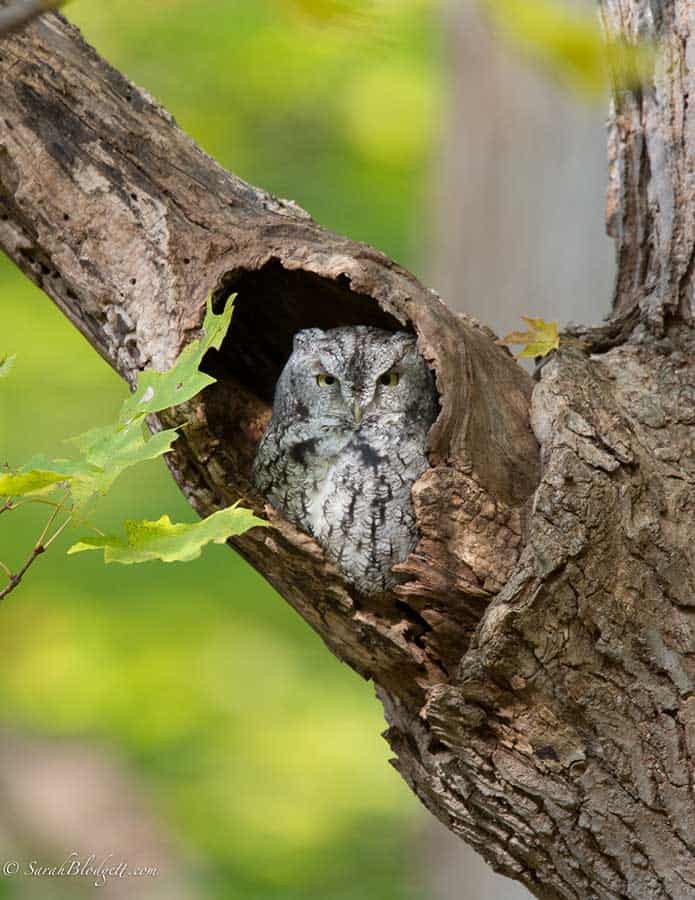
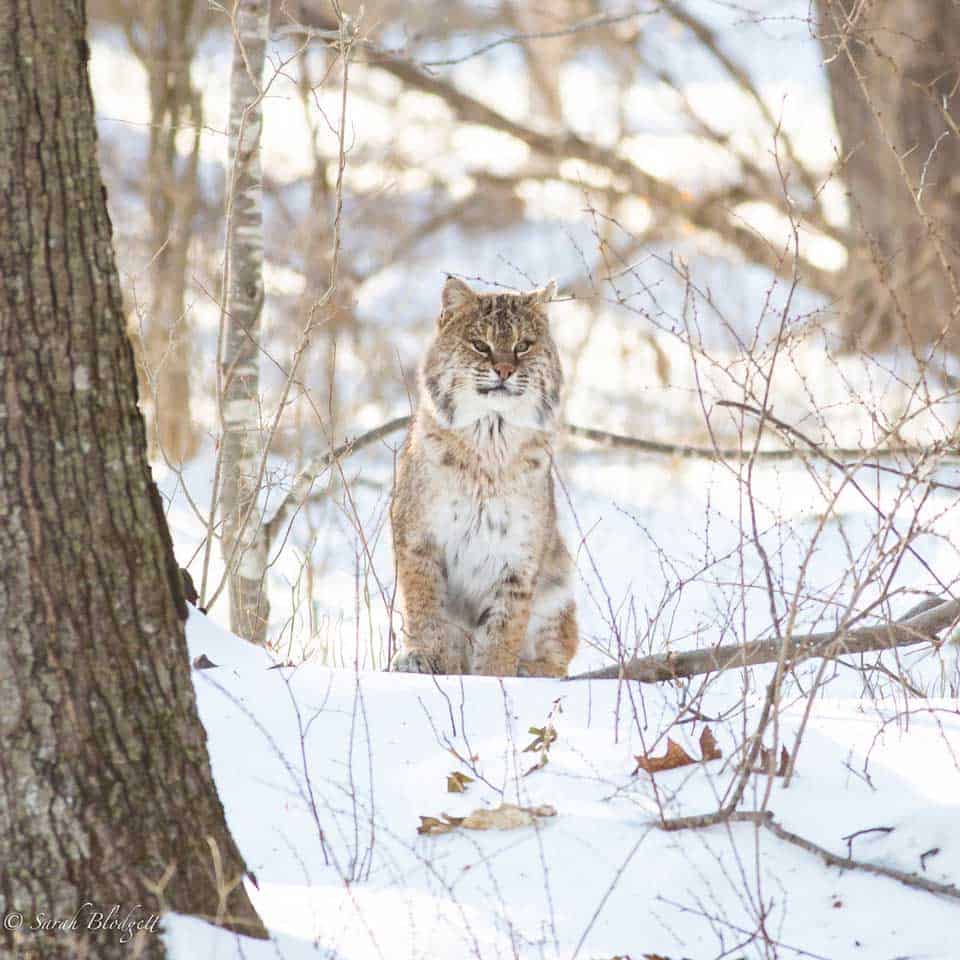
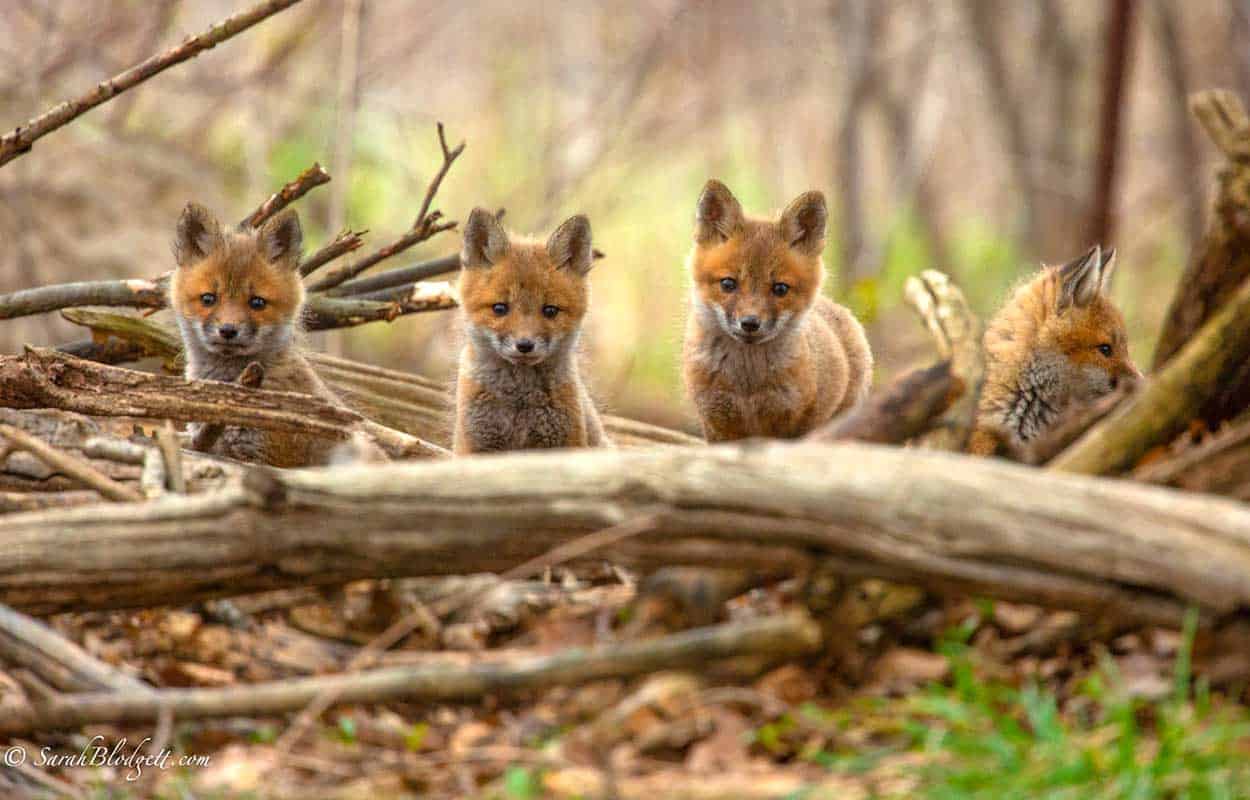
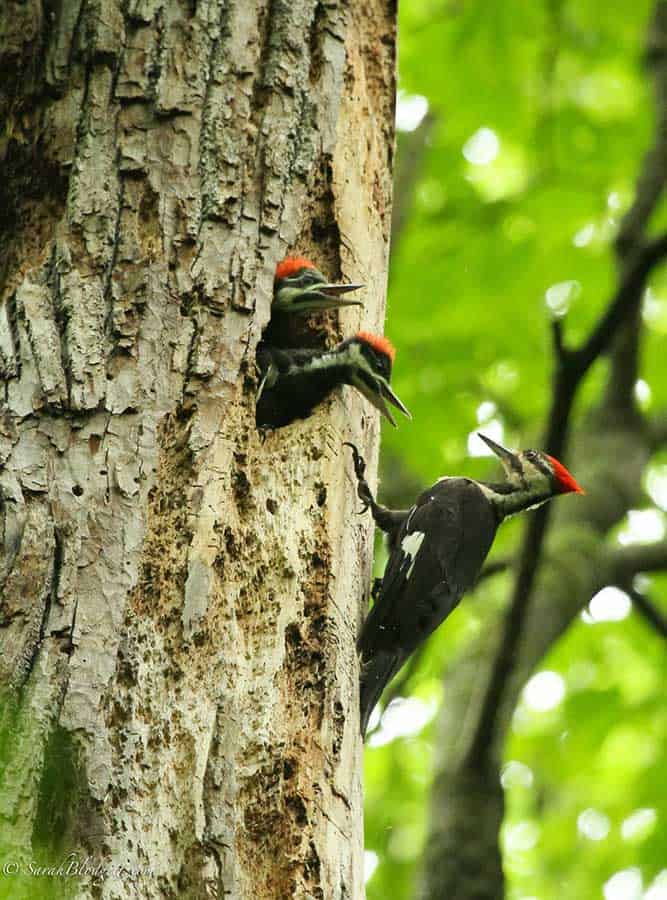
BIRD FEEDERS
One of the great joys of being a birder or bird lover is feeding them. There is a host of species that will come your yard with just a few types of simple feeders bought at Agway, any other home store or made by you! I always recommend a tube feeder as well as platform feeder. Most birds will come to a platform, but not all will come to the tube feeder. Black Oil Sunflower seed is a solid choice for most birds. Nyjer seed is popular with the finches and suet is popular with the woodpeckers. I’d stay away from the mixtures of millet and other grains, they mostly ended up on the ground uneaten. Specialty feeders can bring in Orioles, providing them with oranges and jam. You can also simply cut and orange in half and nail it to a tree. Hummingbird feeders, with their sugar mixture are a real treat for these weary travelers in early Spring. A note about humming bird feeders, the rule of thumb is clean them throughly once a week or don’t hang them up at all. Make your own sugar water mixture, ratio 1 part sugar to 4 parts water and stay away from those brightly colored mixtures sold in stores. Birds can provide endless entertainment. Learning their names and their travel history through migration can provide endless conversation with like minded others. Children are great candidates to start birding early to create and interest and concern for the natural world.
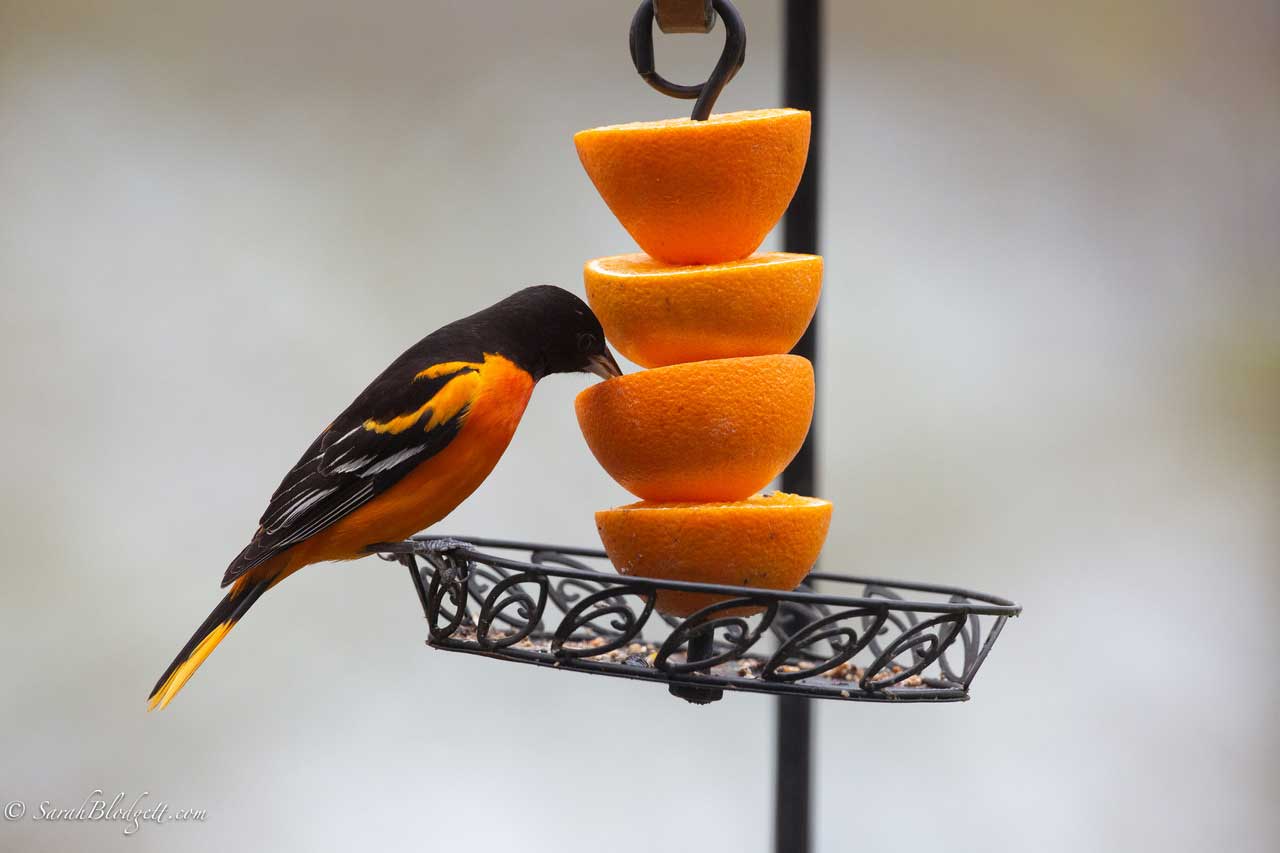
PESTICIDES
Another passive and easy way to help out our feathered and furry friends is simply by not poisoning them. Studies have shown that 84 percent of all tested birds of prey have pesticides in their blood. Now this isn’t because people are deliberately targeting wild animals, it’s because products like de-con are still on the market and widely used to control household rodents such as mice and chipmunks. The results is that these products are ingested by the smaller rodents who then become wildly thirsty and go to the outdoors in search of water. They are subsequently caught and eaten by a host of larger birds and animals resulting often in illness and death. Sticky traps cause pain and suffering for small critters, often causing dismemberment but not death. The best options for small pest control are the old fashioned snap traps. You can then dispose the critter into the yard in plain site which can offer a snack for a hawk or owl. Another good option are those plug in buzzers which don’t harm your household pets but are great at keeping rodents out in the first place.
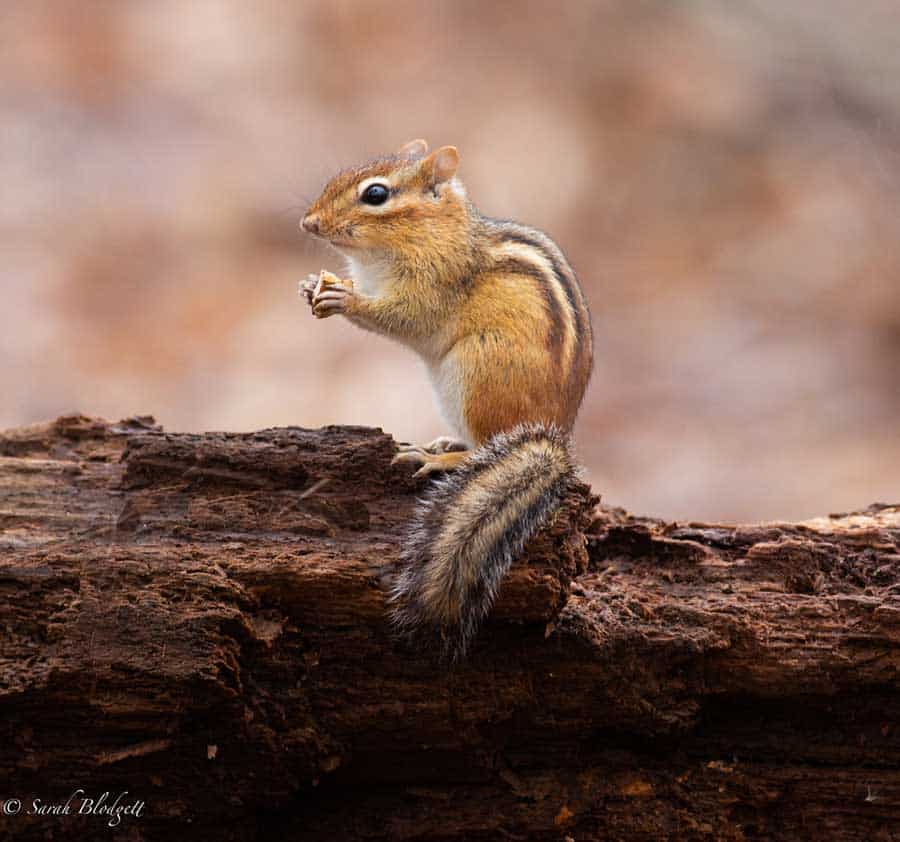
Creating habitat has been one of the best things about being stuck at home for the last couple of years. It’s given our family a way to come together, work together and see a process produce results. We have gotten to know what is living under the logs, up in the trees and on the shores of the lake. We’ve named the Cardinal couple Frank and Francis and the hummingbird pair are named Gladys and George. With more of us working from home, we have an opportunity to step outside, see the possibilities however small, and begin to make a difference.
Sarah Blodgett is a wild life photographer from upstate New York. She offers fine art and commercial photography services as well as speaking engagements, one on one or group instruction for photographers & family wildlife photography walks.
518-755-4933
Sarah Blodgett Photography
Facebook
Instagram


